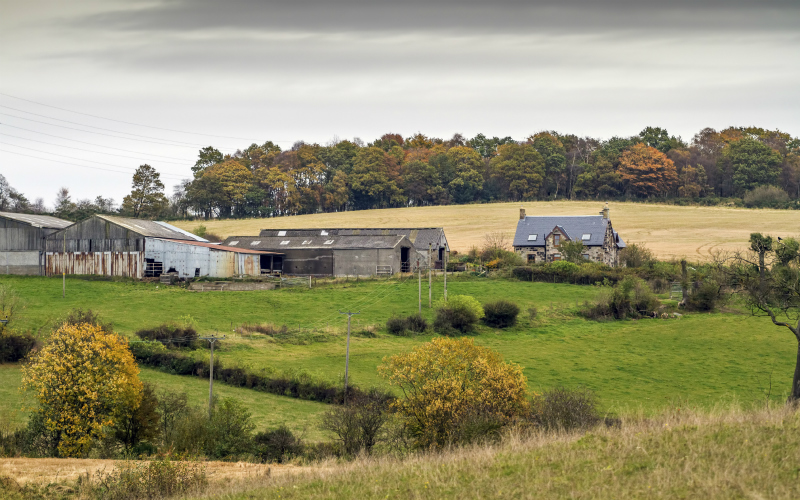
The importance of succession planning should not be overlooked. Without a suitable strategy in place, the death of a farmer will not only be emotional for those left behind, it may also result in a difficult, lengthy and potentially more costly estate administration.
For agricultural tenants, the future of the tenancy is a key part of the succession plan, particularly if the tenanted land is the foundation of the farmer’s business. Agricultural tenancies can be particularly complex to deal with. To assist, the Tenant Farming Commissioner has released guidance on the available options for dealing with the succession of agricultural tenancies.
The role of the Tenant Farming Commissioner (“TFC”) was introduced by the Land Reform (Scotland) Act 2016. Since becoming operational on 1 April 2017 the TFC role and has been undertaken by Dr Bob MacIntosh. The TFC has a number of statutory functions, including publishing codes of practice and undertaking inquiries where a breach of a code is reported. To date, the TFC has provided codes of practice on the tenants improvements amnesty, sporting rights and agreeing and managing tenancies. The codes of practice are often supported by separate guidance notes and they are intended to provide practical assistance to both landlords and tenants when dealing with various aspects of agricultural tenancies.
The latest guidance outlines the three ways in which a tenancy may be transferred:
- Lifetime transfer, otherwise known as an assignation, where the terms of the tenancy do not prevent it;
- As a bequest in a Will; or
- By the rules of intestate succession where no Will has been created or the Will does not contain a bequest of the tenancy.
The guidance includes a flowchart as a visual aid to show the steps required for each type of transfer. It also considers the various types of tenancy which exist, from a 1991 Act tenancy (also known as a secure tenancy) to a Modern Limited Duration Tenancy.
A key element of the transfer or succession of agricultural tenancies lies in who a tenancy can be transferred to. Unless the landlord consents an agricultural tenancy can only be transferred to an individual. This rules out transferring to joint tenants or companies. Some types of tenancy can only be transferred to a ‘near relative’ and there are grounds under which the landlord can object. Full details of who constitutes a ‘near relative’ are contained in the Guidance.
As with the existing codes of practice produced by the TFC, the Guidance has been welcomed by landlords and tenants alike as it helps with navigating the minefield that is the law on agricultural tenancies. It also provides information on the rights of both landlords and tenants when dealing with the transfer of agricultural tenancies. However, both tenants and landlords should bear in mind it is just that: guidance. It is not intended to replace any existing law or constitute legal advice. Each of the options has its benefits and drawbacks which should be carefully considered by the parties involved to determine what works best in the given circumstances. There is no ‘one size fits all’ solution. There may also be tax implications to take into account. Legal advice should be taken before making a decision or taking any steps to effect a transfer.
If you have any queries in relation to agricultural tenancies and succession planning, please contact a member of our Land and Rural Business Team.
